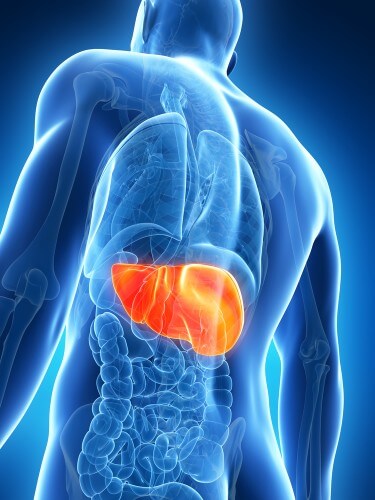Researchers from French research institutes have succeeded in developing an efficient and easy-to-use method for connecting clots (gels) and biological tissues. The researchers demonstrated particularly strong adhesion between two clots by spraying a nanoparticle solution on their surface.

Researchers from French research institutes have succeeded in developing an efficient and easy-to-use method for connecting clots (gels) and biological tissues. The researchers demonstrated particularly strong adhesion between two clots by spraying a nanoparticle solution on their surface. To date, there has not been a satisfactory method for the adhesion of two clots or two biological tissues.
Coagulations (gels) are substances consisting mainly of liquid, for example water, dispersed within a molecular network that gives them their solid character. Examples of coagulants that we use in our daily lives are numerous: gelatin used in making desserts, currant jam, contact lenses or the absorbent material in diapers. Biological tissues such as the skin, muscles and various organs are very similar to clots, but until today the adhesion of these soft and slippery materials using polymeric adhesives has been a particularly challenging task.
The joint French team of researchers from the Laboratoire Matière Molle et Chimie (CNRS/ESPCI ParisTech) and the Laboratoire Physico-Chimie des Polymères et Milieux Dispersés (CNRS/UPMC/ESPCI ParisTech) succeeded in inventing completely original materials that combine the real commercial and industrial need with deep theoretical ideas, This is with the help of an innovative idea: sticking clots together by spraying a solution of nanoparticles on their surface.
The idea is this: the nanoparticles in the solution bind to the molecular network of the clot in a mechanism known as adsorption, and at the same time the molecular network binds the particles together. In this way the nanoparticles achieve countless connections between two different coagulations. The gluing process itself lasts only a few seconds, the method does not need the addition of polymers and it does not involve a chemical reaction.
An aqueous solution of silica nanoparticles, a highly available and widely used compound in the industry, in particular as a food additive, makes it possible to glue together all known types of coagulants, even those that are not identical in their composition or mechanical properties. Beyond the simplicity and speed of use, the adhesiveness achieved by the nanoparticles is strong since the new bonds are resistant to mechanical deformations better than the original single coagulation. In addition to the fact that the process offers excellent water resistance, the bonding also enables self-repair: two separated parts can be moved and re-bonded without adding the nanoparticle solution. Silica nanoparticles are not the only materials that exhibit halo properties. The researchers obtained similar results using cellulose nanocrystals and carbon nanotubes.
In the last step, in order to demonstrate the potential of the discovery in the field of biological tissues, the researchers were able to glue together two parts of calf liver segments using a solution of silica nanoparticles. This discovery opens a window to new applications and fields of research, in particular in the fields of medicine and veterinary science, and especially in the fields of surgery and tissue regeneration medicine. The method could make it possible, for example, to glue together pieces of skin or organs damaged by a deep cut or serious damage. In addition, the method could be useful in the food processing and cosmetics industries, as well as for manufacturers of prostheses and medical devices (bandages, plasters, hydrogels, etc.).
